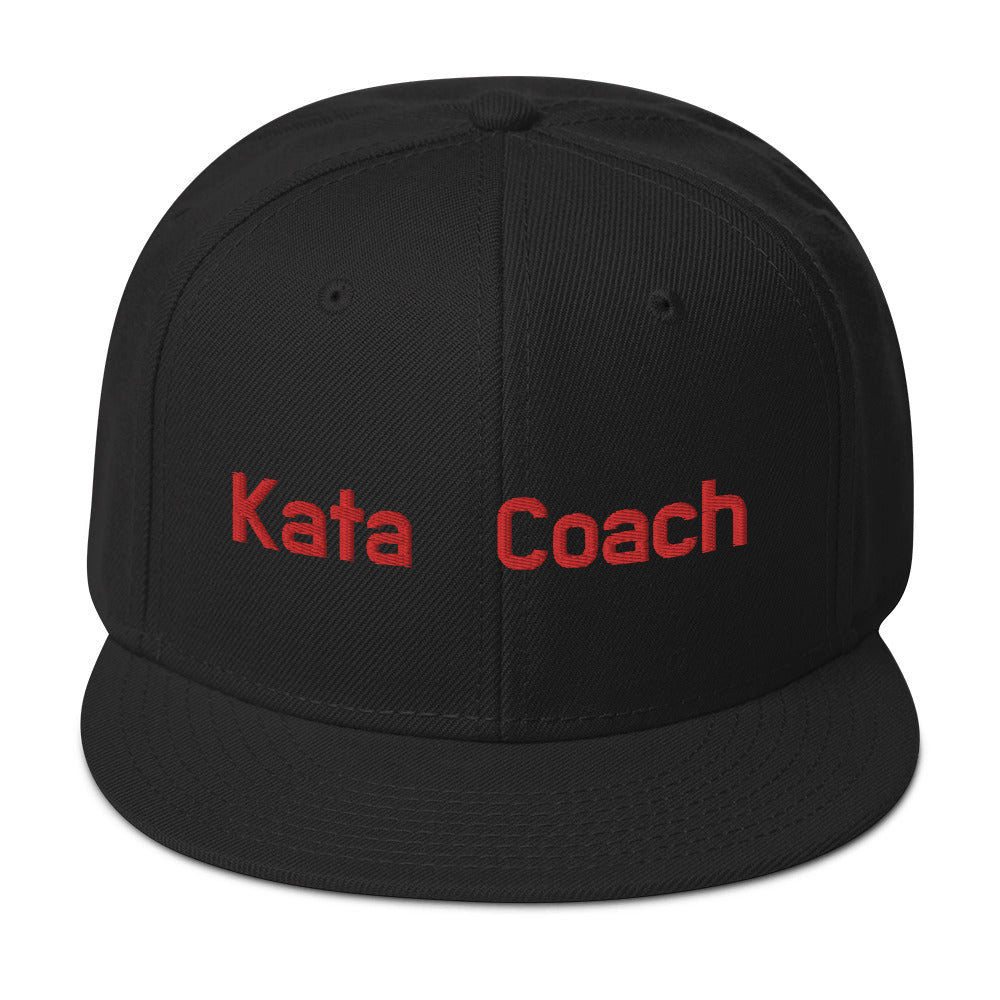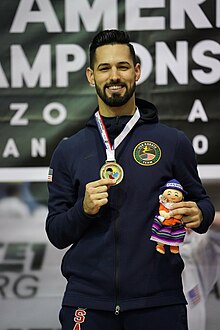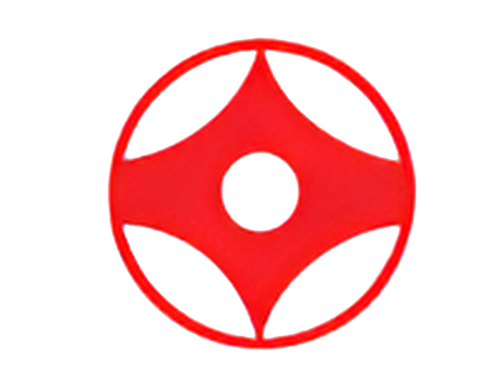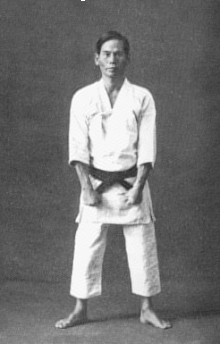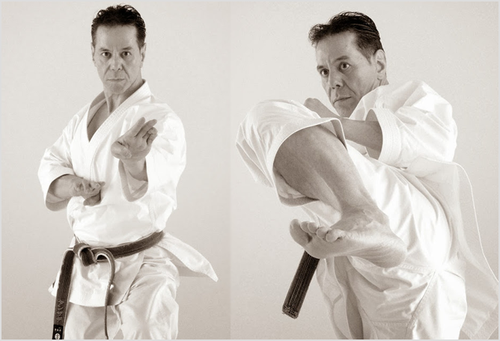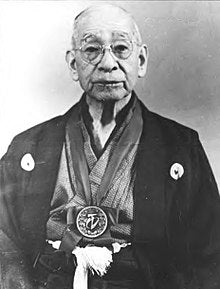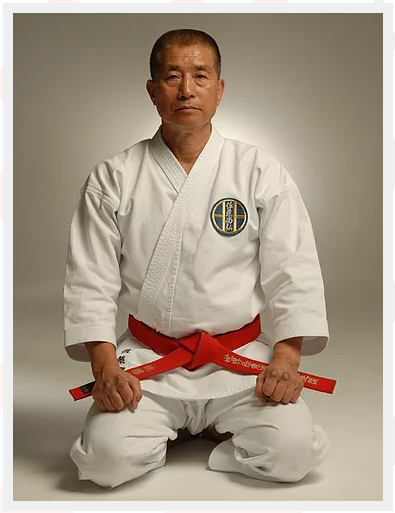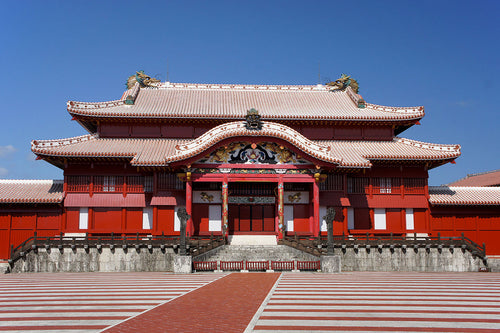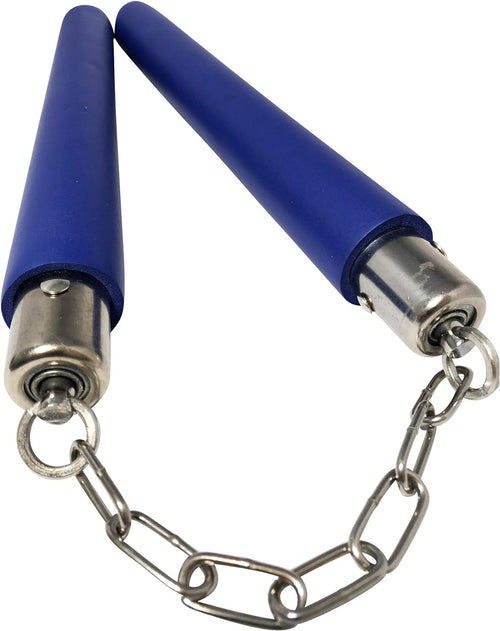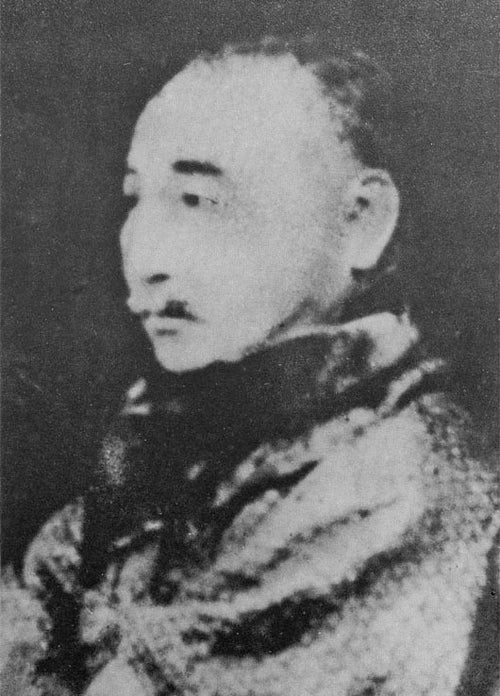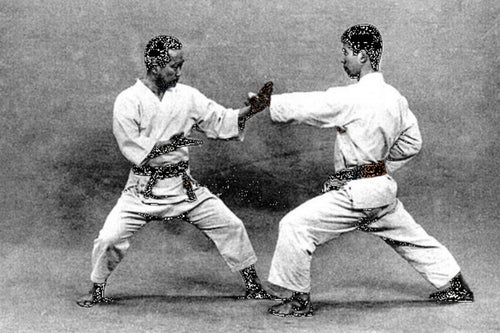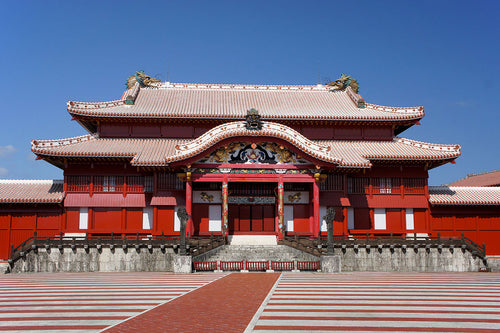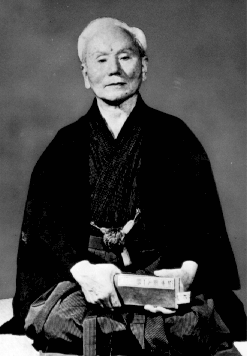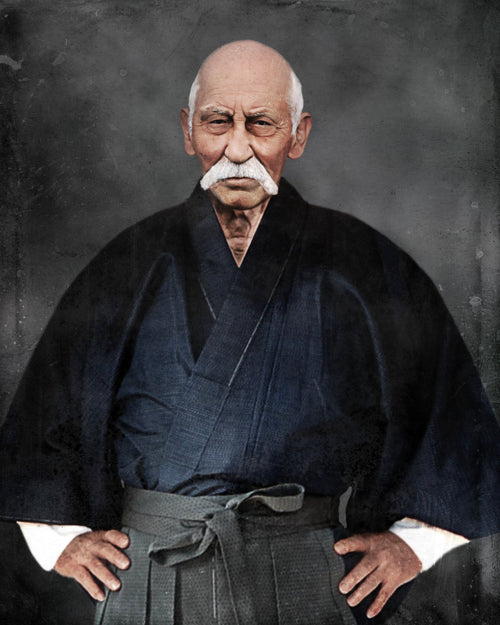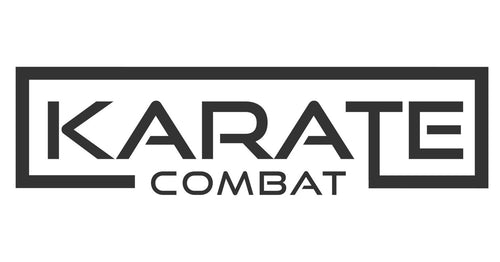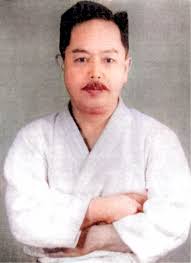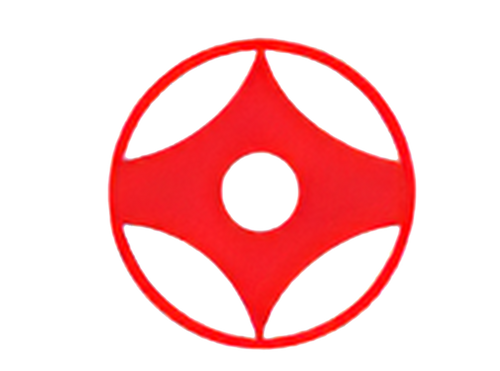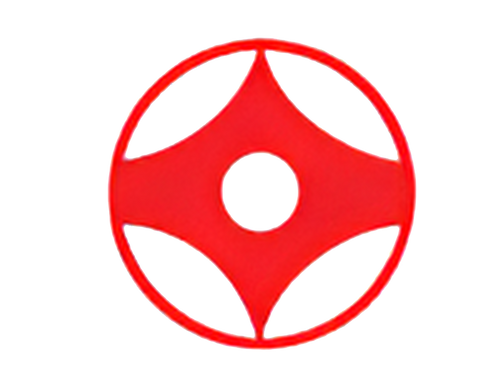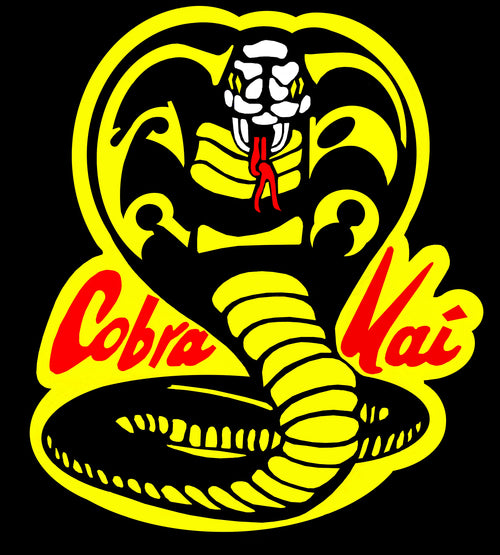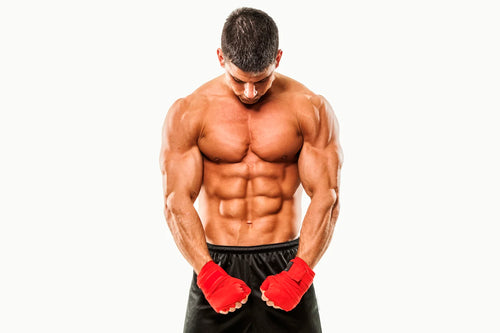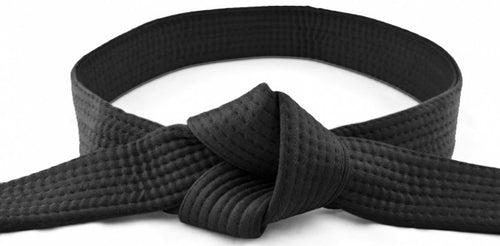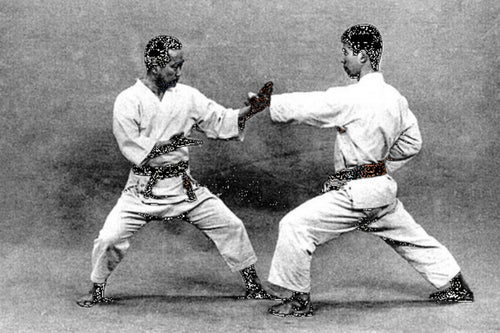10 Essential Techniques Every Kyokushin Karate Practitioner Should Know
When it comes to Kyokushin Karate, mastering the essential techniques is crucial for any practitioner. These techniques form the foundation of this powerful martial art, enabling practitioners to develop their skills, strength, and discipline. In this article, we will explore ten essential techniques that every Kyokushin Karate practitioner should know.
1. Punches
One of the fundamental techniques in Kyokushin Karate is punches. Practitioners learn various types of punches, including jabs, crosses, hooks, and uppercuts. These punches are executed with precision, speed, and power, making them effective in both offense and defense.
Additionally, punches in Kyokushin Karate focus on generating power from the entire body, utilizing proper weight transfer and rotation of the hips and shoulders.
2. Kicks
Kicks are another vital aspect of Kyokushin Karate. Practitioners learn a wide range of kicks, such as front kicks, roundhouse kicks, side kicks, and spinning kicks. These kicks require flexibility, balance, and accuracy.
Furthermore, Kyokushin Karate emphasizes the use of the shin bone for striking, making the kicks extremely powerful and effective in combat situations.
3. Knee Strikes
In Kyokushin Karate, knee strikes are crucial techniques that allow practitioners to deliver devastating blows at close range. Knee strikes are executed by driving the knee into an opponent's body or face, targeting vulnerable areas and causing significant damage.
Proper timing, distance, and precision are essential when performing knee strikes, as they can quickly incapacitate an opponent and turn the tide of a fight.
4. Elbow Strikes
Elbow strikes are powerful techniques utilized in Kyokushin Karate. These strikes involve using the elbows to strike an opponent's vital areas, such as the head, face, or ribs. Elbow strikes are effective in close-quarter combat situations, allowing practitioners to generate substantial force and cause severe damage.
Training in Kyokushin Karate involves learning various elbow strike techniques and practicing their execution with precision and control.
5. Throws and Takedowns
Throws and takedowns play a crucial role in Kyokushin Karate, enabling practitioners to control and immobilize opponents. These techniques involve using leverage, balance, and timing to execute effective throws and takedowns, allowing practitioners to gain an advantage in a fight.
Learning throws and takedowns in Kyokushin Karate requires practitioners to develop a deep understanding of body mechanics and practice proper execution repeatedly.
6. Blocks and Parries
Blocks and parries are essential defensive techniques in Kyokushin Karate. Practitioners learn various blocking and parrying techniques to deflect and neutralize incoming strikes from opponents. These techniques involve using the arms, hands, and legs to intercept and redirect attacks.
Developing quick reflexes, precise timing, and proper positioning are key aspects of mastering blocks and parries in Kyokushin Karate.
7. Stances and Footwork
Stances and footwork are fundamental aspects of Kyokushin Karate. Practitioners learn various stances, such as front stance, horse stance, and side stance, which provide stability, balance, and power. Footwork techniques, including stepping, sliding, and pivoting, enable practitioners to move swiftly and efficiently during combat.
Mastering stances and footwork in Kyokushin Karate is crucial for maintaining proper form, generating power, and evading attacks.
8. Strikes to Vital Points
Targeting vital points is an important skill in Kyokushin Karate. Practitioners learn to identify and exploit vulnerable areas on an opponent's body, such as the eyes, throat, groin, and joints. Striking these vital points with precision and power can quickly disable an opponent and provide a significant advantage.
Training in Kyokushin Karate involves honing the ability to strike vital points accurately while maintaining control and discipline.
9. Sparring and Kumite
Sparring and Kumite are essential components of Kyokushin Karate training. These practice sessions allow practitioners to apply their techniques in a controlled and dynamic environment. Through sparring and Kumite, practitioners develop their timing, reflexes, and adaptability.
Regular sparring sessions are vital for sharpening skills, testing techniques, and enhancing overall combat effectiveness in Kyokushin Karate.
10. Mental Discipline and Focus
Besides the physical techniques, mental discipline and focus are equally important in Kyokushin Karate. Practitioners learn to cultivate mental strength, resilience, and focus, enabling them to endure physical challenges and maintain a clear mind during combat.
Developing mental discipline in Kyokushin Karate involves meditation, visualization, and training the mind to stay calm and focused under pressure.
In conclusion, mastering the essential techniques in Kyokushin Karate is a lifelong journey for any practitioner. These techniques not only enhance physical abilities but also develop mental strength, discipline, and focus. By dedicating time and effort to practice these techniques, Kyokushin Karate practitioners can elevate their skills and become formidable martial artists.
